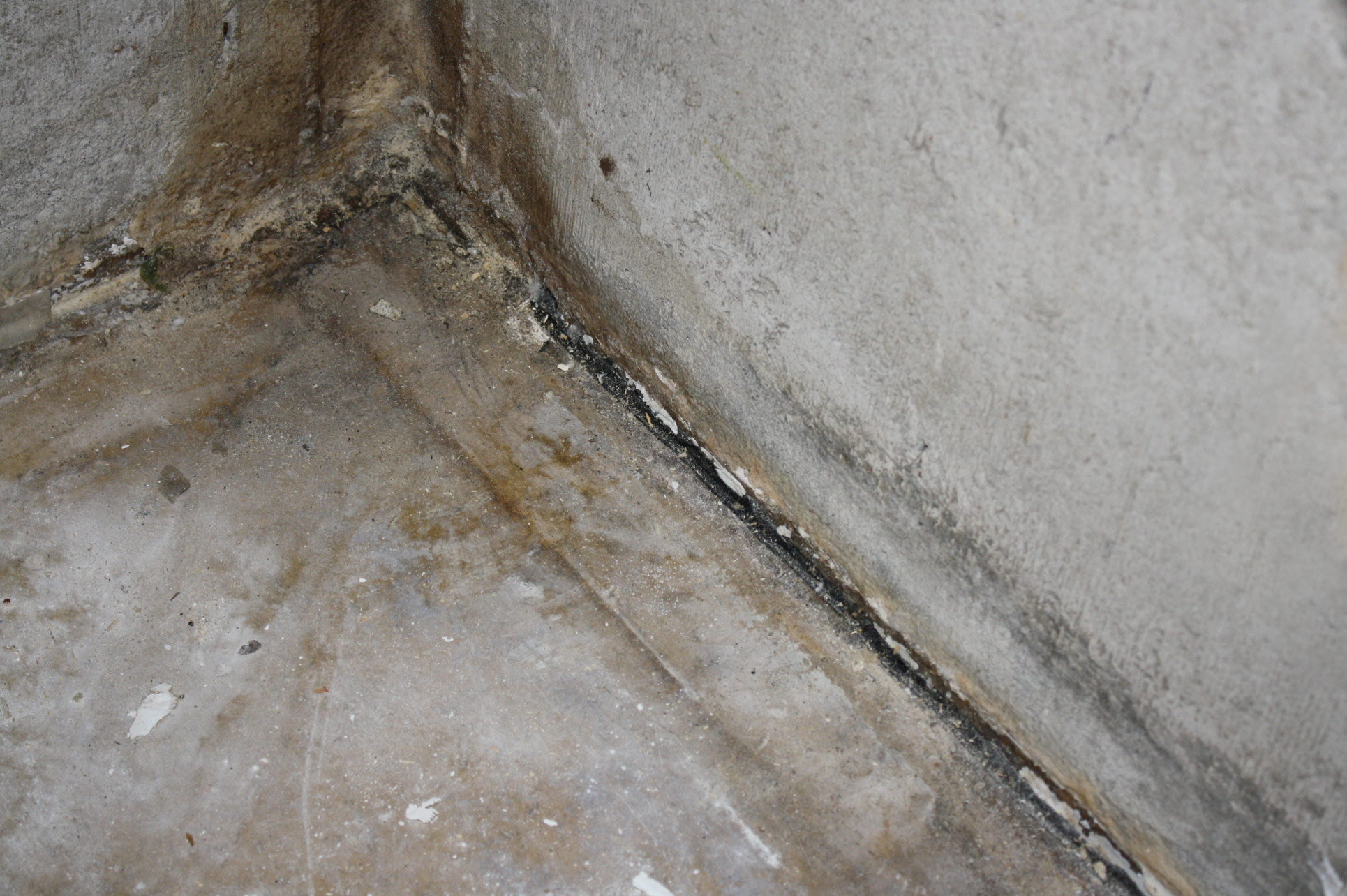Pinpoint Major Triggers for Water Leakage in Your Home
Pinpoint Major Triggers for Water Leakage in Your Home
Blog Article
What are your ideas regarding Top Causes of Home Water Leaks?

Leakages not only trigger waste of water yet can likewise trigger unnecessary damage to your home and also advertise unwanted organic development. Water leakages might go undetected because most of the pipework in our house is hidden. By looking and also comprehending for day-to-day circumstances that create leaks, you can shield your home from future leakages and also unnecessary damages. Today, we will certainly take a look at 6 leakage causes that may be creating your pipes to drip.
Trespassing roots
Many water leaks start outside your house as opposed to inside it. If you observe an unexpected decrease in water stress, claim in your tap, take time to head out as well as analyze your yard. You might discover wet spots or sinkholes in your lawn, and that may indicate that tree origins are attacking water lines creating water to permeate out. You can have your plumber look for invasion, especially if you have trees or shrubs near your residential or commercial property.
Rusty water systems
This could be the cause of discoloration or warping on your water pipes. If our plumbing system is old, take into consideration changing the pipelines considering that they are at a higher risk of deterioration than the newer versions.
Malfunctioning Pipeline Joints
The point at which your pipes connect is often the weakest link in the waterline. Pipe joints can deteriorate over time, causing water leakages. However, the majority of pipeline joints are not easily visible. If you have loud pipes that make ticking or banging sounds, particularly when the hot water is activated, your pipe joints are most likely under a lot of stress. It is a good idea to have your plumber check your system yearly.
Instantaneous temperature adjustments.
Extreme temperature level modifications in our pipes can create them to expand and acquire suddenly. This development as well as contraction may create splits in the pipelines, specifically if the temperature level are below freezing. It would be best if you kept an eye on how your plumbing works. The presence of the previously discussed conditions frequently shows a high risk.
Poor Water Connectors
At times, a leakage can be caused by loosened pipes and also pipes that supply your home appliances. In instance of a water links leakage, you may see water running directly from the supply line or puddles around your home appliances.
Obstructed Drains
Blocked drains may be aggravating as well as inconveniencing, but they can often end up triggering an overflow causing rupture pipelines. Keep removing any type of products that may drop your drains that could obstruct them to prevent such aggravations.
All the above are root causes of leaks however not all water leakages result from plumbing leaks; some leakages could come from roofing leakages. All leaks must be repaired right away to stay clear of water damages.
Leaks not just cause waste of water but can also trigger unnecessary damages to your home and promote unwanted natural growth. By looking as well as comprehending for everyday situations that create leaks, you can protect your residence from future leakages and unneeded damage. Today, we will look at 6 leakage triggers that might be creating your pipelines to trickle.
At times, a leakage can be created by loosened pipes and pipelines that provide your home appliances. In case of a water connections leakage, you might discover water running straight from the supply line or puddles around your devices.
How To Check For Water Leak In Your Home
How To Check for Leaks
The average household's leaks can account for nearly 10,000 gallons of water wasted every year and ten percent of homes have leaks that waste 90 gallons or more per day. Common types of leaks found in the home are worn toilet flappers, dripping faucets, and other leaking valves. These types of leaks are often easy to fix, requiring only a few tools and hardware that can pay for themselves in water savings. Fixing easily corrected household water leaks can save homeowners about 10 percent on their water bills.
To check for leaks in your home, you first need to determine whether you're wasting water and then identify the source of the leak. Here are some tips for finding leaks:
Take a look at your water usage during a colder month, such as January or February. If a family of four exceeds 12,000 gallons per month, there are serious leaks.
Check your water meter before and after a two-hour period when no water is being used. If the meter changes at all, you probably have a leak.
Identify toilet leaks by placing a drop of food coloring in the toilet tank. If any color shows up in the bowl after 10 minutes, you have a leak. (Be sure to flush immediately after the experiment to avoid staining the tank.)
Examine faucet gaskets and pipe fittings for any water on the outside of the pipe to check for surface leaks.
Undetected water leaks can happen without the home or business owner even realizing. If you suspect a water leak, but not able to find the source. It is time to contact a professional water leak detection service, The Leak Doctor.
How To Find a Water Leak In Your Home
https://www.leakdoctor.com/blog/How-To-Check-For-Water-Leak-In-Your-Home_AE197.html

Hopefully you enjoyed our piece about How to detect water leaks in your home. Thank you for taking time to browse our content. Feel free to take the opportunity to distribute this entry if you liked it. Thank you for your time spent reading it.
Details Report this page